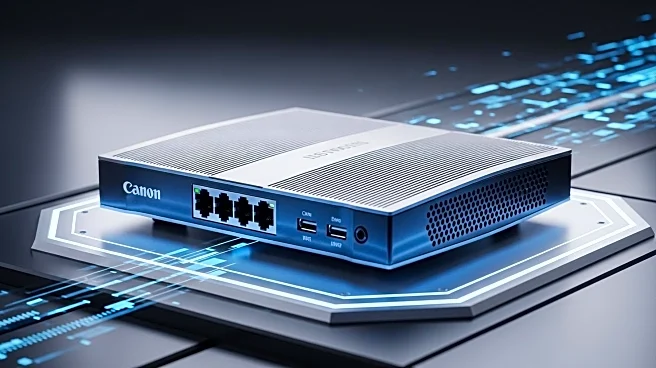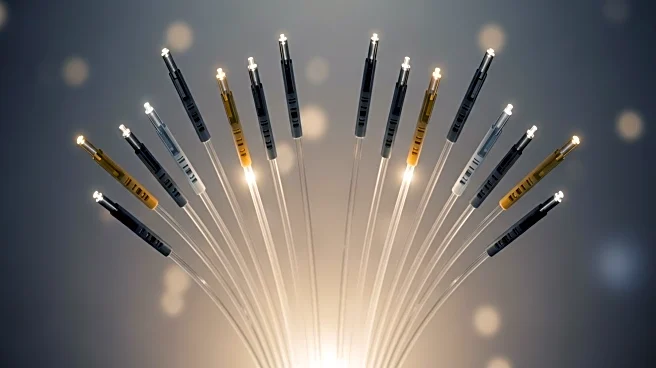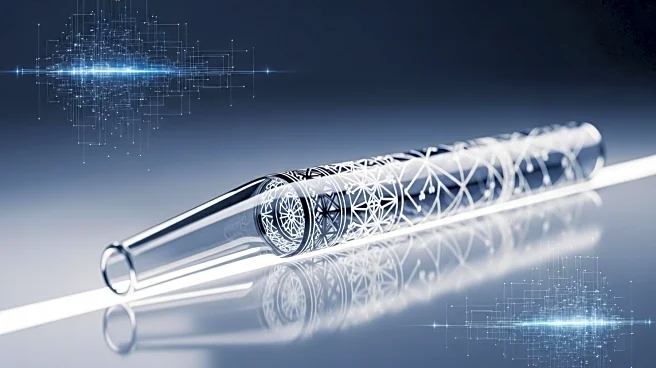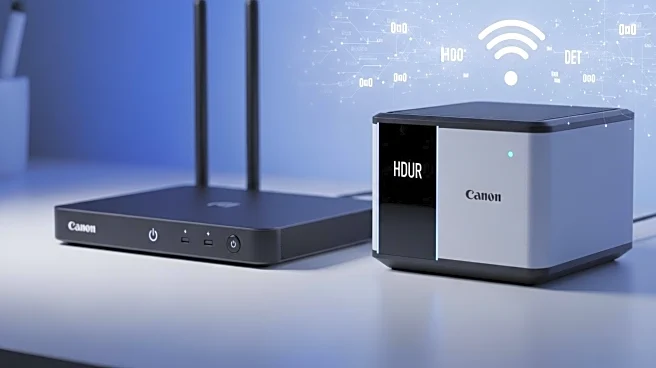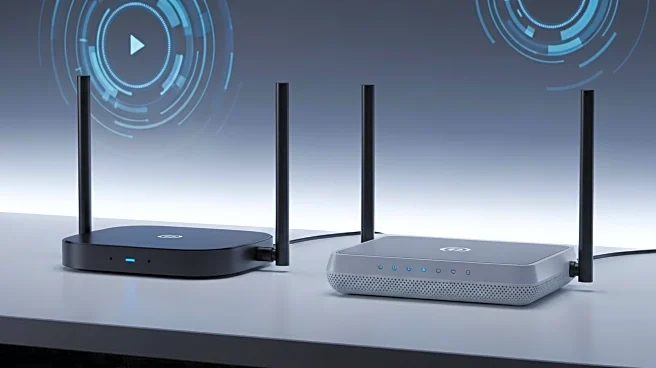What's Happening?
The cable industry is pushing the boundaries of DOCSIS 4.0 technology, achieving downstream speeds of 16 Gbit/s in recent interoperability tests conducted by CableLabs. This marks a 13% improvement from previous tests. The advancements are attributed to higher modulation techniques, specifically 8K-QAM and 16K-QAM, which enhance data transmission efficiency. The tests were conducted on a high-split hybrid fiber/coax network, also achieving upstream speeds between 1.5 Gbit/s and 2 Gbit/s. These developments highlight the potential of DOCSIS 4.0 to deliver high-speed internet, although real-world applications may vary due to environmental factors.
Why It's Important?
The progress in DOCSIS 4.0 technology is significant for the cable industry as it competes with fiber-optic networks. Achieving higher speeds can enhance service offerings and customer satisfaction, potentially leading to increased market share. The ability to deliver faster internet speeds is crucial as consumer demand for bandwidth-intensive applications grows. This technological advancement may also drive further innovation and investment in network infrastructure, impacting service providers and equipment manufacturers.
What's Next?
The cable industry is already exploring possibilities beyond DOCSIS 4.0, with discussions around increasing the spectrum ceiling to 3GHz, potentially achieving downstream speeds of 25 Gbit/s. CableLabs may provide further insights into future developments at upcoming industry events. The ongoing competition with fiber-optic networks will likely influence the pace and direction of these advancements, as cable providers strive to maintain a competitive edge in the broadband market.
